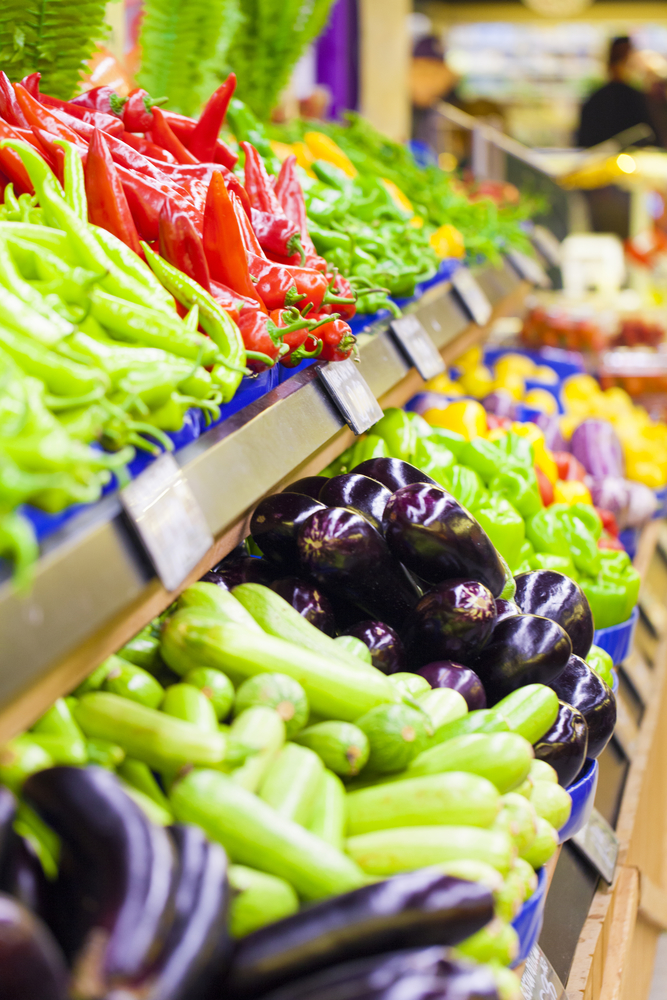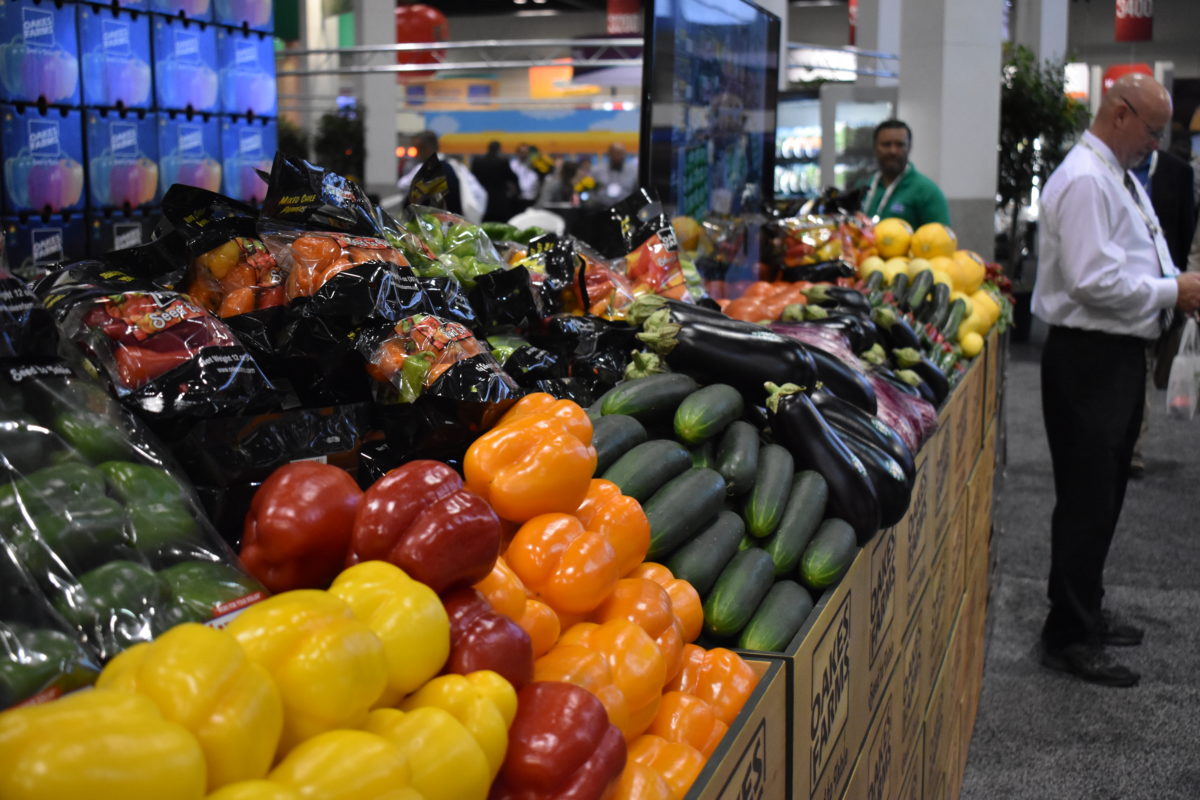By Alison DeLoach
Food safety is a top priority for food scientists in the United States. Govindaraj Dev Kumar, an assistant professor at the Center for Food Safety at the University of Georgia, is researching the foodborne pathogen salmonella and the threat it poses to food safety.

Kumar said there are 2,500 different types of salmonella found in poultry, eggs and produce surfaces. By contaminating the produce surface, salmonella also contaminates the produce and food that come in contact with the surface. Kumar hopes to discover how the organism interacts with the surfaces, particularly with tomatoes and leafy greens, and create methods to control salmonella populations.
Kumar has researched how salmonella reacts to sanitizers and antibacterial compounds. Because tomatoes have been associated with salmonella outbreaks, Kumar studied what happens when a tomato is exposed to salmonella.
He began this study by concentrating on the cuticle of the tomato or the shiny-like wax on the tomato. Fatty acids cause the tomato to shine like a wax. Kumar studied these fatty acids and found that a certain one was antimicrobial in nature. “This was exciting because you have a compound that is a part of the tomato which can actually prevent salmonella from growing. That gives a new avenue or a new antimicrobial to look at for the control of the pathogen,” said Kumar. This is an antimicrobial that is safe for consumption and already present on the tomato.
Kumar began to expose salmonella to sublethal concentrations of the fatty acid found on tomatoes. He quickly noticed the salmonella cells began to grow and become very long strands. Over time, these strands would break apart into hundreds of regular-sized cells. “We realized this is a strategy used by salmonella to overcome antimicrobial challenges,” Kumar explained.
When it comes to food safety in the home, Kumar recommends consumers look at university Extension websites. He says universities have a lot of good information on food safety and best management practices to implement.
Since many people eat raw fruits and vegetables, Kumar says it’s important to educate them on the spread of salmonella to produce. “I see the importance of having a safe food supply and that inspires me,” he says. “If I can make the food supply chain safer, that validates my work in the lab.”










